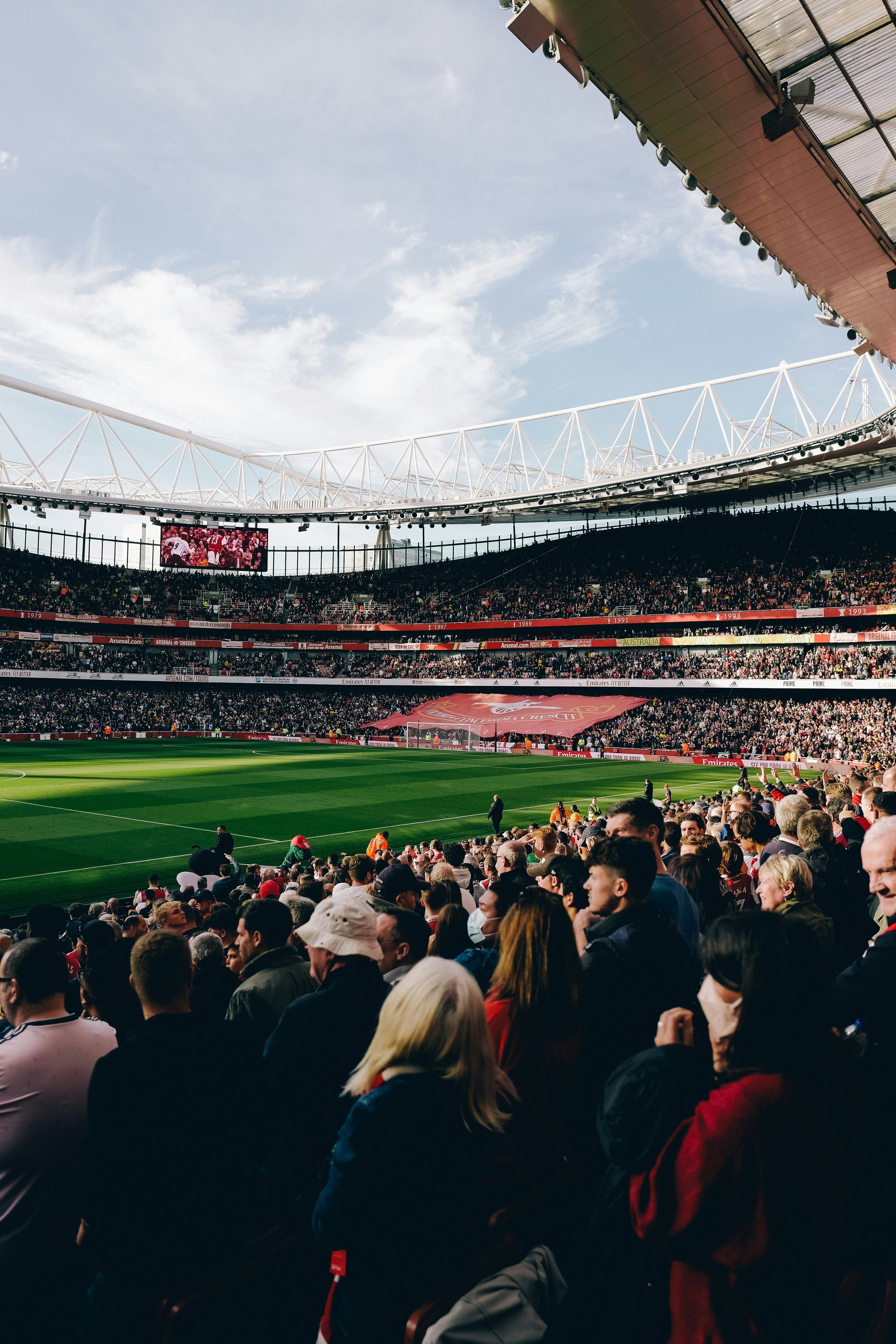The Premier League So Far (MW 9)
In this first instance of ‘Beyond the GTech’, we will dive into the state of the Premier League after Matchweek 9. It’s a chaotic league, and nine weeks in, the pretenders and contenders are beginning to sort themselves out. We’re breaking down the state of the table and what it means for the season ahead.
Biggest Winners:
Arsenal
Bournemouth
Sunderland
Arsenal are in pole position in the title race, capitalizing on what has been a quite unchallenging schedule to start the season. The same could be said for both Bournemouth and Sunderland. According to pre-season analysis based on opposition strength, Arsenal were actually projected to have one of the hardest starts in the league. However, their 22 points have been earned against a lower-than-expected collective point tally from their opponents. Crucially, they have banked maximum points against mid-to-lower table sides.
Meanwhile, both Bournemouth and promoted club Sunderland have benefited significantly from their early fixtures. Sunderland, in particular, was listed as having one of the easiest opening eight weeks, allowing them to build an incredible 17 points and the highest tally for a promoted club at this stage since 2008. The real test for all three will come as the fixture lists toughen up after the international break, especially for the surprise top-four occupants like Bournemouth, who need to prove their underlying performance matches their point total.
Biggest Losers:
The Bottom 3 (Forest, West Ham, & Wolves)
Liverpool
Chelsea
Conversely, the Premier League’s biggest losers thus far are a blend of the predictably poor and the deeply disappointing. The bottom three—Nottingham Forest, West Ham United, and Wolverhampton Wanderers—are all mired in genuine crises, not just poor form. West Ham are a microcosm of executive mismanagement and tactical confusion, having recorded their joint-worst start to a league season in over five decades (four points from nine games), leading to a mid-season managerial change.
In contrast, the disappointments of the so-called ‘Big Six’ are measured against much higher expectations. Liverpool, despite being only a point or two off the pace, has been widely labeled a ‘loser’ due to their alarming dip in form and questions over its new system under Arne Slot. A string of late defeats has exposed their new coach’s tactical choices, with critics pointing to a lack of cohesion and game management that were once trademarks of the club.
Finally, Chelsea—despite a massive summer outlay—are once again struggling for consistency. Key new signings have not yet integrated, and they continue to languish in mid-table, highlighting a persistent inability to transform spending into performance. For them, it is the ongoing cycle of high-profile transfers failing to deliver a clear identity on the pitch that justifies their inclusion on the ‘loser’ list.
The early narrative is straightforward: while Arsenal has maximized their results, the next stretch of fixtures will truly determine if their title challenge is sustainable. The international break provides a much-needed reset for clubs like Liverpool and a vital lifeline for the managers of the bottom three. As we move past the opening chaos, the next nine matchweeks will be a ruthless proving ground, separating genuine contenders from mere pretenders.
